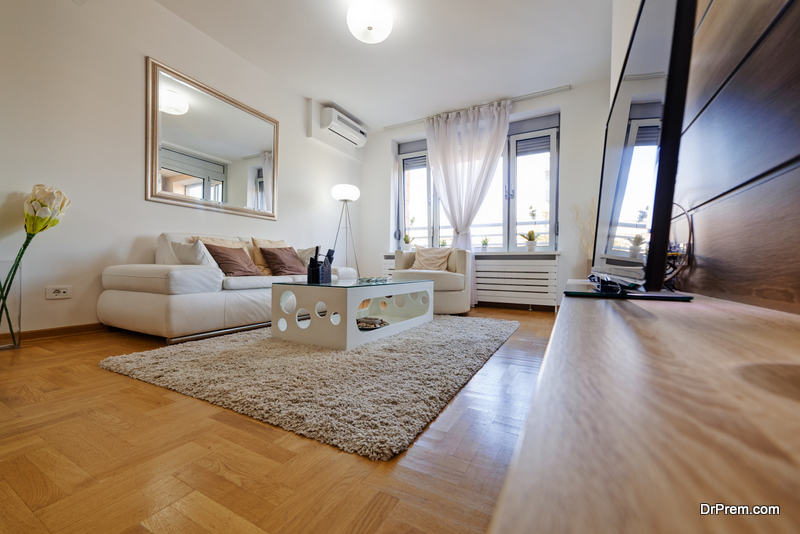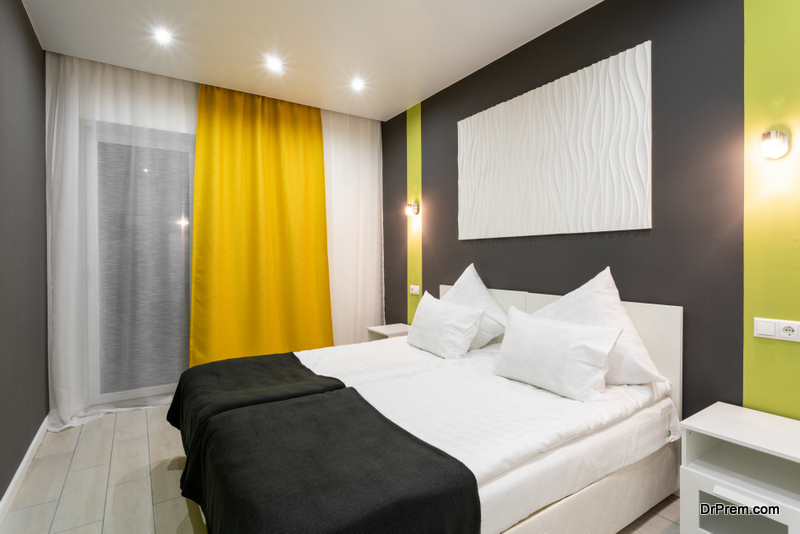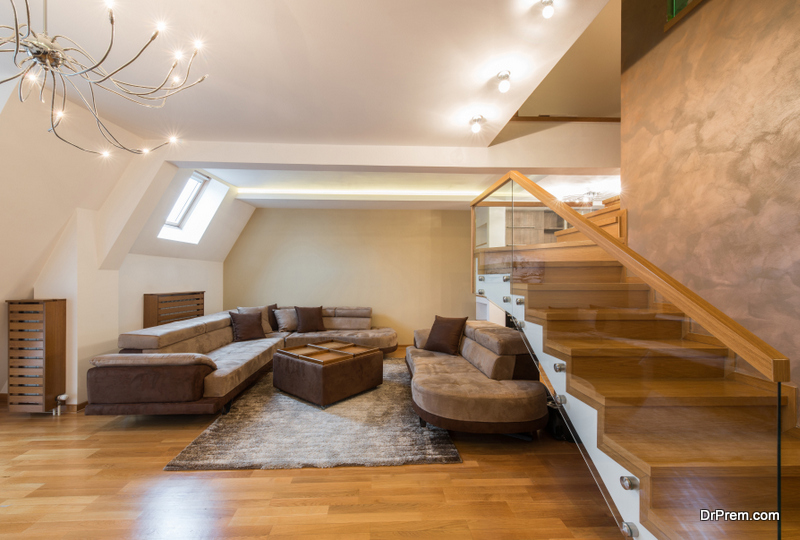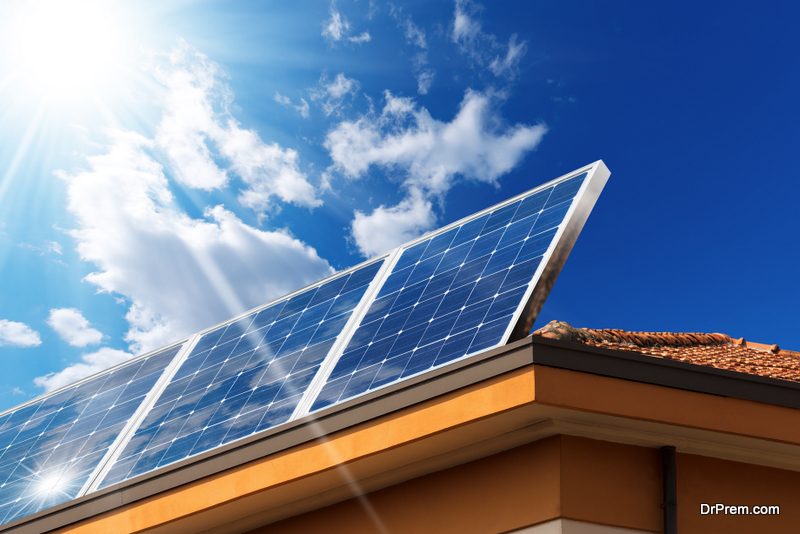Solar lighting is at the heart of green lighting, but it’s hardly the only option. If you’re trying to diversify your lighting options, then, you need to know how to stay sustainable. These 5 alternatives are ideal for the green home, no matter the room or the season.
1. Go Natural
 Natural lighting is, of course, the most sustainable way to light your home, as long as you do so intelligently. That means arranging your furniture so that there’s a free flow of light and installing window treatments to help you control sunlight. Window treatments not only help direct, decrease, or increase the light in a room, but they can also provide better insulation. Just be sure that your windows are up to date and well maintained to keep drafts out of the house.
Natural lighting is, of course, the most sustainable way to light your home, as long as you do so intelligently. That means arranging your furniture so that there’s a free flow of light and installing window treatments to help you control sunlight. Window treatments not only help direct, decrease, or increase the light in a room, but they can also provide better insulation. Just be sure that your windows are up to date and well maintained to keep drafts out of the house.
It’s also important to choose the right window treatments to manage your home’s lighting, as some will insulate the space better than others. Cellular or honeycomb shades are especially energy efficient compared to sheer shades and other lightweight options. Your curtains need to be heavy enough to properly insulate your home, especially if you have large windows.
2. Think Rechargeable
We love solar lighting because it minimizes waste and generates its own energy, but sometimes it’s not the best option – particularly if you need emergency lighting. In those cases, it’s wise to consider rechargeable lights, even if they’re just small tea lights that you can place throughout the home. Rechargeable lights minimize waste since the batteries aren’t thrown out, and with proper upkeep, they’re always ready when you need them.
3. Consider a Disguise
 Solar panels are great, but one common objection is to their appearance. Well, those unsightly panels have come a long way. Homeowners now have the option to install disguised solar panels that look more like traditional roof coverings. They even come in a variety of styles, including clay-style tiles and glass inset pieces that sit seamlessly alongside asphalt shingles.
Solar panels are great, but one common objection is to their appearance. Well, those unsightly panels have come a long way. Homeowners now have the option to install disguised solar panels that look more like traditional roof coverings. They even come in a variety of styles, including clay-style tiles and glass inset pieces that sit seamlessly alongside asphalt shingles.
4. Accents Add Up
Many homes overuse traditional lighting simply because they don’t have the right kind of task or accent lighting. These smaller, more energy efficient lights, particularly LED lights, can let you focus on what needs to be done, or even just accent beloved features in your home. Used correctly, accent lighting will let you turn off the overhead lights without feeling like you’re sitting in the dark. You can also disguise these lights by running them under or above tables and cabinets – wherever they’re needed.
5. Design for More Light
 Whatever lighting options you choose, you can always minimize excess lighting use by making design choices that make your home appear brighter. Painting your home white or in other light colors and using light colored textiles tends to make homes look brighter and bigger. Another way to make a room look larger and brighter is by hanging a lot of mirrors – just beware of glare when you place them.
Whatever lighting options you choose, you can always minimize excess lighting use by making design choices that make your home appear brighter. Painting your home white or in other light colors and using light colored textiles tends to make homes look brighter and bigger. Another way to make a room look larger and brighter is by hanging a lot of mirrors – just beware of glare when you place them.
Of course, come nightfall you’ll need to turn on the lights, but if you can minimize your electricity consumption during the day, you’ll at least reduce your impact. After all, the first R in the famous phrase is “Reduce,” so start there on your mission to green your home’s lighting.
Article Submitted By Community Writer


